What Season Am I (How to Find Your Color Type)?
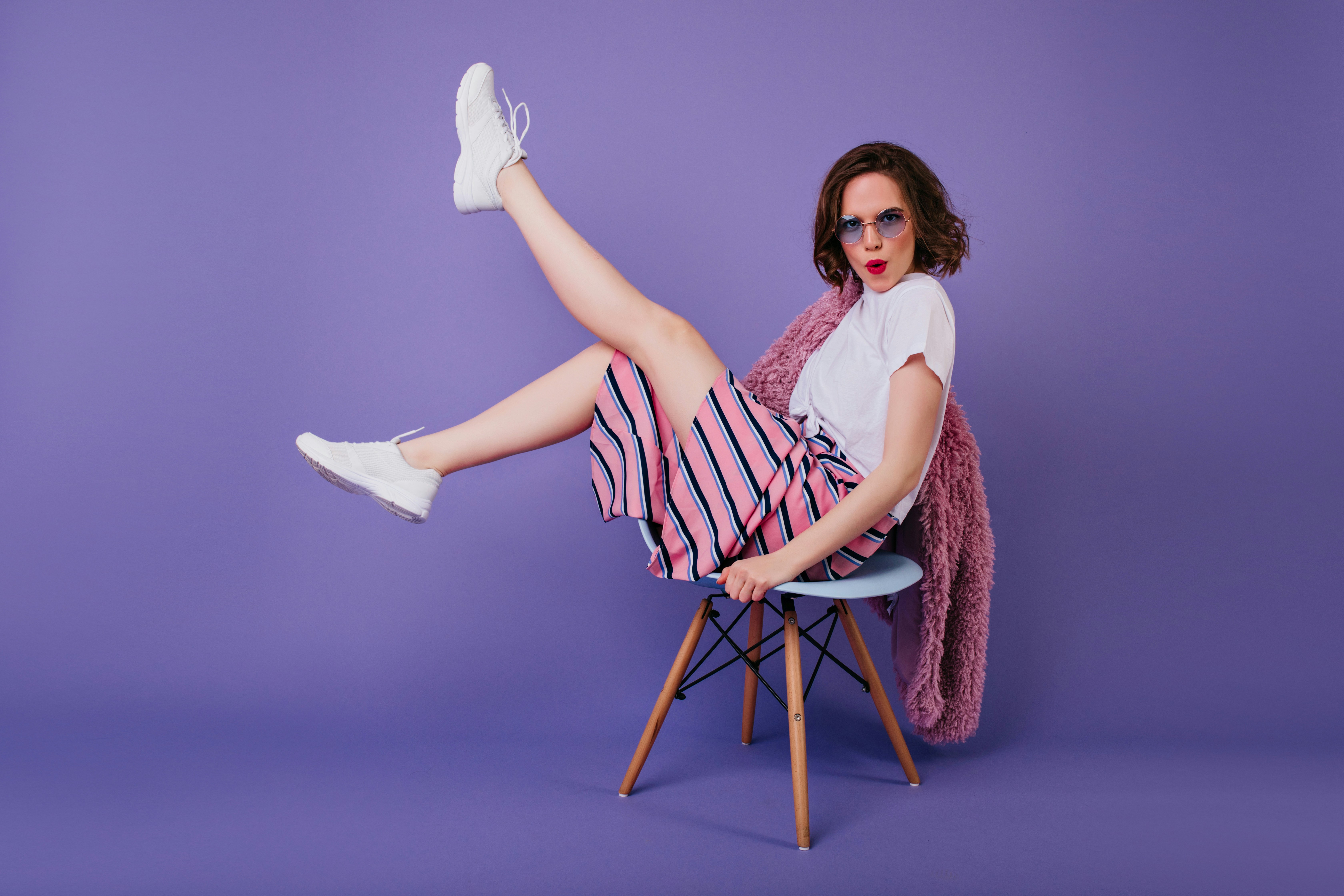


Dante Kim
June 20th, 2024
Get your color analysis done
in 60 seconds with WhatColors!
Get your color analysis done in
60 seconds with WhatColors!
Get your color analysis done in 60 seconds with WhatColors!
Are you tired of standing in front of your closet, unsure of what to wear, or resorting to the same safe colors every time? The struggle is real. But what if I told you that you can solve this problem once and for all by figuring out what season you are and unlocking a whole new color palette that suits you perfectly? That's right - by understanding your season, color analysis can help you discover the best colors that complement your skin tone, hair, and eye color.
Unlock your colors and transform your style with WhatColors, a valuable tool to help you achieve your objectives, such as learning how to find colors that suit you using color analysis. With WhatColors, you can say goodbye to the endless cycle of guessing what colors you should wear and confidently step into a wardrobe filled with hues that make you shine.
Table of Contents
What is Color Analysis and Why Does it Matter?
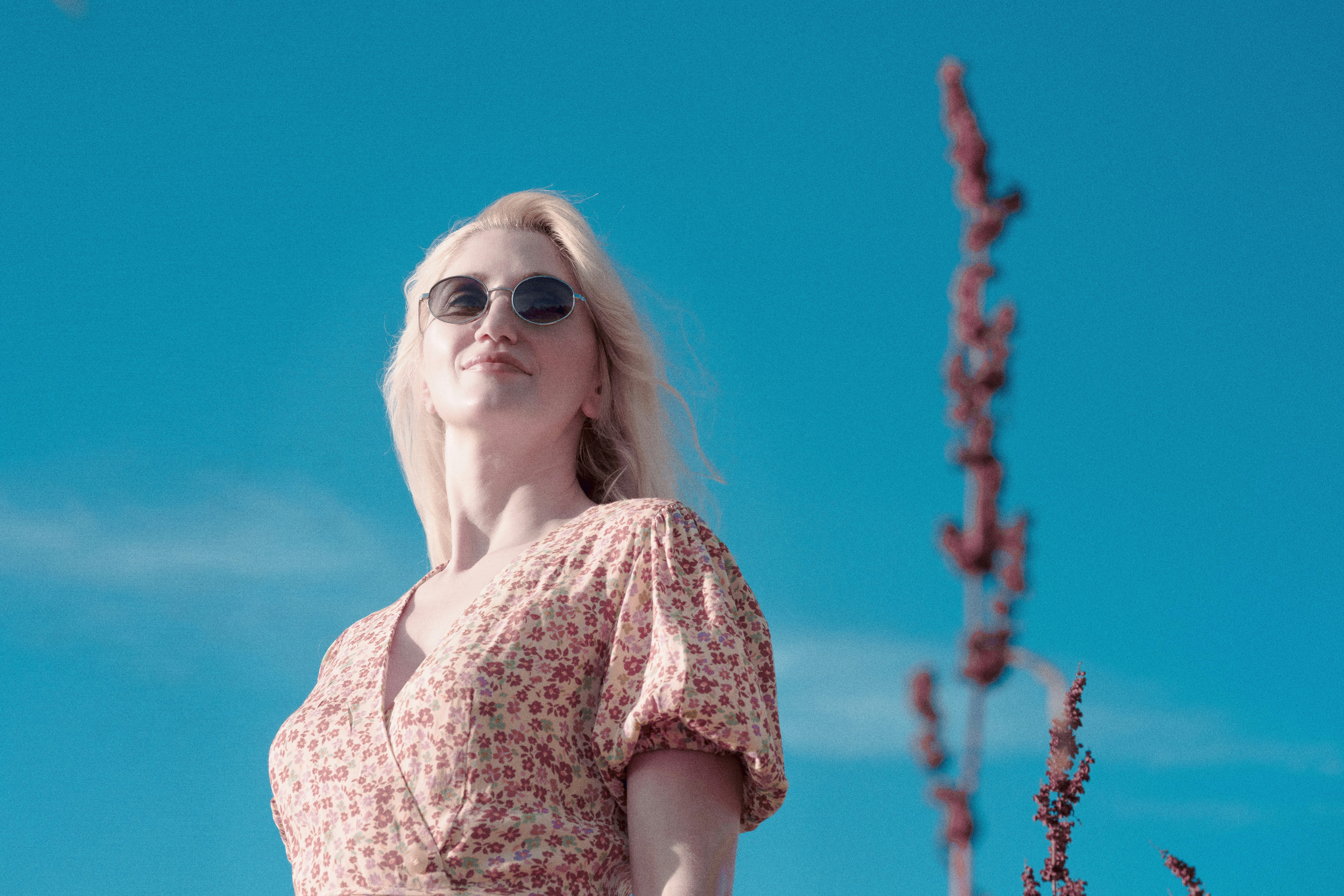
Color analysis is a system that helps people identify a color palette that complements their natural coloring, including skin tone, hair color, and eye color. By wearing colors that harmonize with your natural coloring, the theory suggests you can enhance your overall appearance and create a more balanced and healthy look.
Here's a breakdown of the purpose of color analysis:
Harmony and Balance
Proponents believe that wearing colors that align with your natural coloring creates a sense of visual harmony. The colors are thought to complement each other and your features, resulting in a more balanced and put-together appearance.
Enhanced Features
The theory suggests that certain colors can enhance your natural beauty by highlighting your most flattering features. For example, colors that complement your skin tone can make it appear brighter and more even, while colors that contrast with your eye color can make them appear more vibrant.
Reduced Appearance of Flaws
Wearing colors that don't suit your natural coloring can highlight imperfections or make you look washed out. Color analysis aims to help you avoid these pitfalls by identifying a palette that minimizes these issues.
Confidence Boost
Ultimately, the goal of color analysis is to empower you to choose clothing colors that make you feel confident and beautiful. By understanding which colors flatter you most, you can streamline your shopping experience and create a wardrobe that makes you feel your best.
Related Reading
• How To Know What Colors Look Good On You
• What Color Lipstick Should I Wear
• What Colors Look Good On Pale Skin
• What Color Blush Should I Wear
• Colors That Go With Tan
• What Color Jewelry Should I Wear
The Four Color Seasons
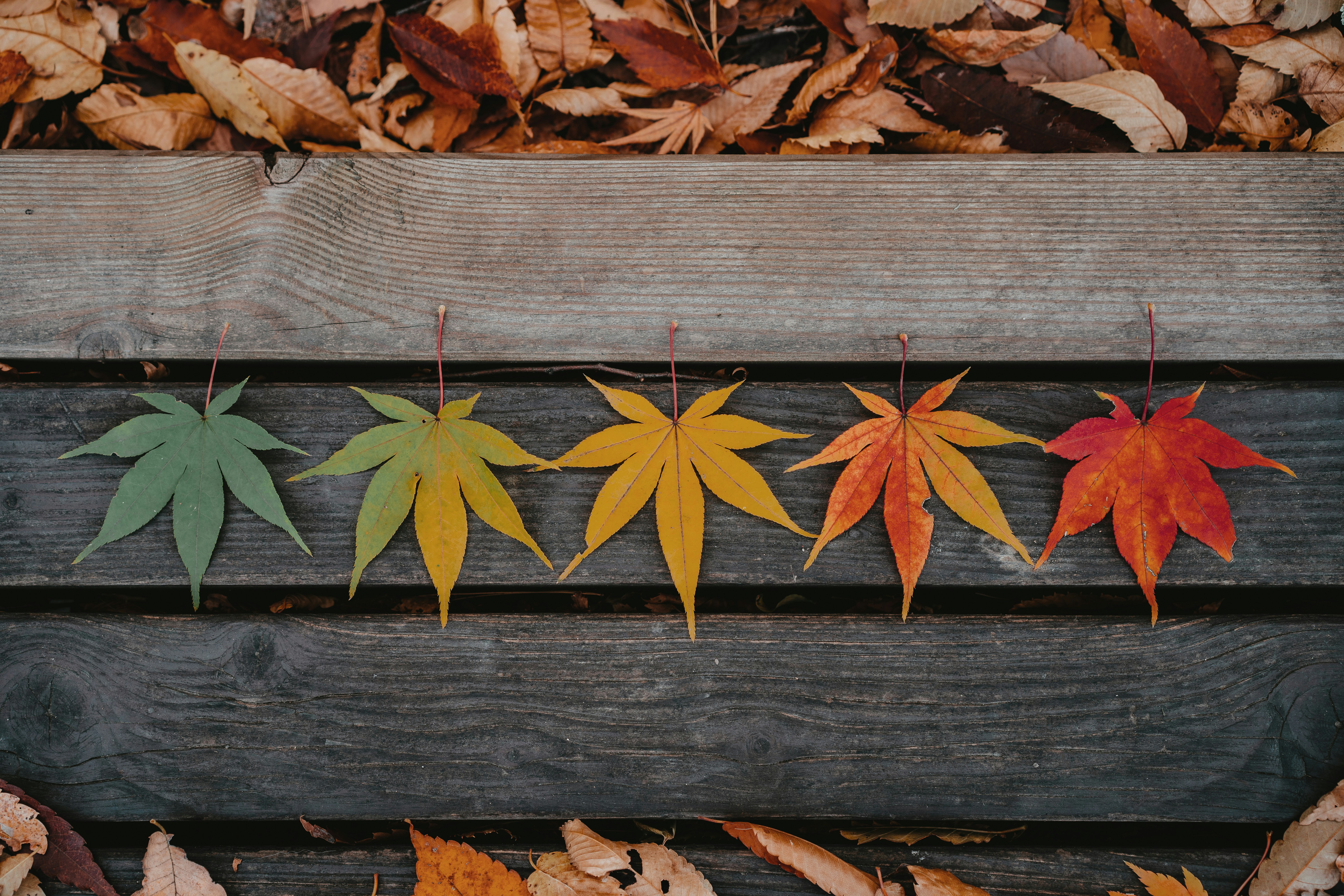
1. Spring
Warm and clear. Imagine a field of wildflowers in full bloom. Colors in this palette tend to be bright and warm, like sunshine yellow, coral pink, and turquoise blue.
2. Summer
Cool and muted. Think of a soft summer landscape with pastel colors. This palette features cool, muted tones like dusty rose, lavender, and baby blue.
3. Autumn
Warm and muted. Picture the colors of a vibrant autumn forest. This palette includes warm, muted colors like burnt orange, olive green, and mustard yellow.
4. Winter
Cool and clear. Imagine a winter wonderland with crisp, icy colors. This palette features cool, clear colors like icy blue, bright white, and cherry red.
Identifying Your Undertone: Is it Warm or Cool?
Your undertone refers to the underlying color beneath your skin's surface. It can be warm (yellow, peachy, or golden) or cool (pink, rosy, or blue). Identifying your undertone is essential because it significantly influences which color season you belong to.
Here are two methods to help you determine your undertone:
Vein Test
Look at the veins on your inner wrist in natural daylight. If your veins appear greenish, you likely have a warm undertone. If they appear blueish or purple, you likely have a cool undertone.
Jewelry Test
Hold a piece of silver jewelry next to your face in natural light. If silver makes your skin look brighter and healthier, you likely have a cool undertone. If gold jewelry flatters you more, you likely have a warm undertone.
Analyzing Your Hair and Eyes

When it comes to color analysis, your natural hair color is crucial. If you've dyed your hair, focus on the shade you were born with or the color that appears at your roots. The key is to distinguish between cool and warm tones based on your hair color:
Cool Hair Colors
These shades typically have an ashy or blue undertone. Examples include ash blonde, platinum blonde, blue-black, and dark brown with cool undertones that may look ashy or mousy.
Warm Hair Colors
Warm tones usually have a golden, reddish, or brassy undertone. Examples include golden blonde, strawberry blonde, rich brown with warm undertones that appear golden or reddish, and black with a hint of warmth that may look slightly brown in sunlight.
Analyzing Your Eye Color for Color Analysis
While brown, blue, and green are the primary eye colors, there's more to consider when analyzing your eye color for seasonal color analysis:
Base Color
This refers to the dominant color of your iris, such as brown, blue, green, or hazel.
Flecks
Many eyes have flecks of gold, silver, or other colors within the iris. These flecks can offer clues to your color season. For example, gold flecks may suggest a warmer color palette, while silver flecks could indicate cooler tones.
This is a simplified overview of how to analyze your hair and eye color for color analysis. For a more personalized assessment, consider consulting a professional color analyst to determine your color season accurately.
Answering (What Seasom Am I?)
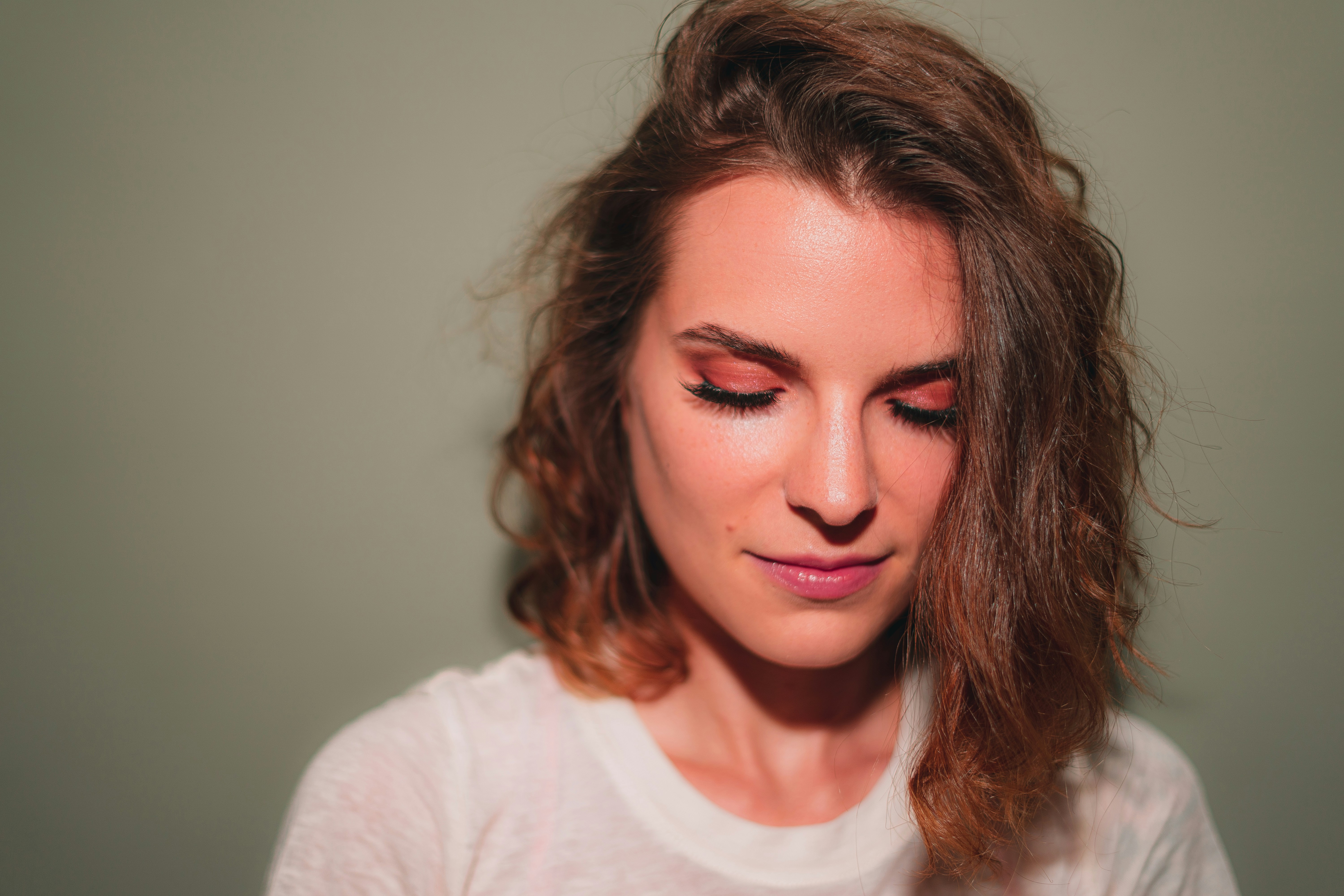
Analyze Your Undertone
Undertones are the subtle colors beneath your skin's surface that can help determine your color season. Two methods, the vein test and the jewelry test, can be used to identify your undertone.
Vein Test
Examine the veins on your inner wrist in natural light. Greenish veins suggest a warm undertone, while bluish or purplish veins indicate a cool undertone. You might have a neutral undertone if your veins appear equally green and blue.
Jewelry Test
Hold a silver necklace and a gold necklace against your bare skin. If silver looks better, you lean cool. If gold makes you shine, you're likely warm. If both metals work well, you might have a neutral undertone.
Consider Your Natural Hair Color
Your natural hair color can also provide clues about your color season. Light blonde, strawberry blonde, or light brown with golden highlights suggest Spring. Darker brown, black, or auburn hair with red highlights lean towards Autumn. Ash-blonde, light brown with ashy highlights, or any cool blonde shade might indicate Summer. Dark brown, black, or blue-black hair points towards Winter.
Look at Your Eye Color
Your eye color can also help determine your color season. Bright blue, green, hazel, or amber eyes can indicate Spring. Hazel, green, or muted blue eyes lean towards Autumn. Soft blue, grey, or blue-green eyes suggest Summer. Deep brown, black, or icy blue eyes are characteristics of Winter.
Matching Your Traits to a Season
Now that you better understand your undertone, hair color, and eye color, you can use a color analysis guide to determine your color season. Many online resources and apps exist to help you match your characteristics to a specific season. Here's a simplified breakdown:
Warm Undertone
Spring: Brighter, clearer colors in your hair and eyes.
Autumn: Warmer, more muted tones in your hair and eyes.
Cool Undertone
Summer: Cooler, muted colors dominate your appearance.
Winter: Deepest, coolest coloring in your features.
There's no one-size-fits-all answer when determining your color season. Experiment with different colors and see what flatters you most. The goal is to find colors that make you feel confident and showcase your natural beauty.
Related Reading
• What Color Should I Wear
• Best Colors For Olive Skin
• Best Colors For Warm Undertones
• What Colors Look Good On Tan Skin
• What Colors Look Best On Brown Skin
• Best Colors For Cool Undertones
• Best Colors For Warm Skin Tone
• Best Colors for Warm Undertones
• What Color Looks Best on Me
• What Is My Color
• How to Find Your Color Palette
• What's My Color Palette
• What Color Season Am I
Taking Your Color Analysis Further

Color analysis can be a fun and informative way to explore your personal style. Here are some additional tips for taking your color analysis further:
The Draping Test
This is considered the most accurate method for color analysis. A professional drapes various colored cloths around your face to see how they affect your complexion.
Online Resources
Numerous websites and apps offer quizzes and guides to help you determine your color season. These resources might not be as precise as a professional drape test.
Experimentation
Once you have a general idea of your color season, experiment with different colors within your palette. See how they make you feel and how they flatter your complexion.
Professional Help
Consider consulting a professional color analyst for a personalized analysis and recommendations.
Important Considerations for Color Analysis
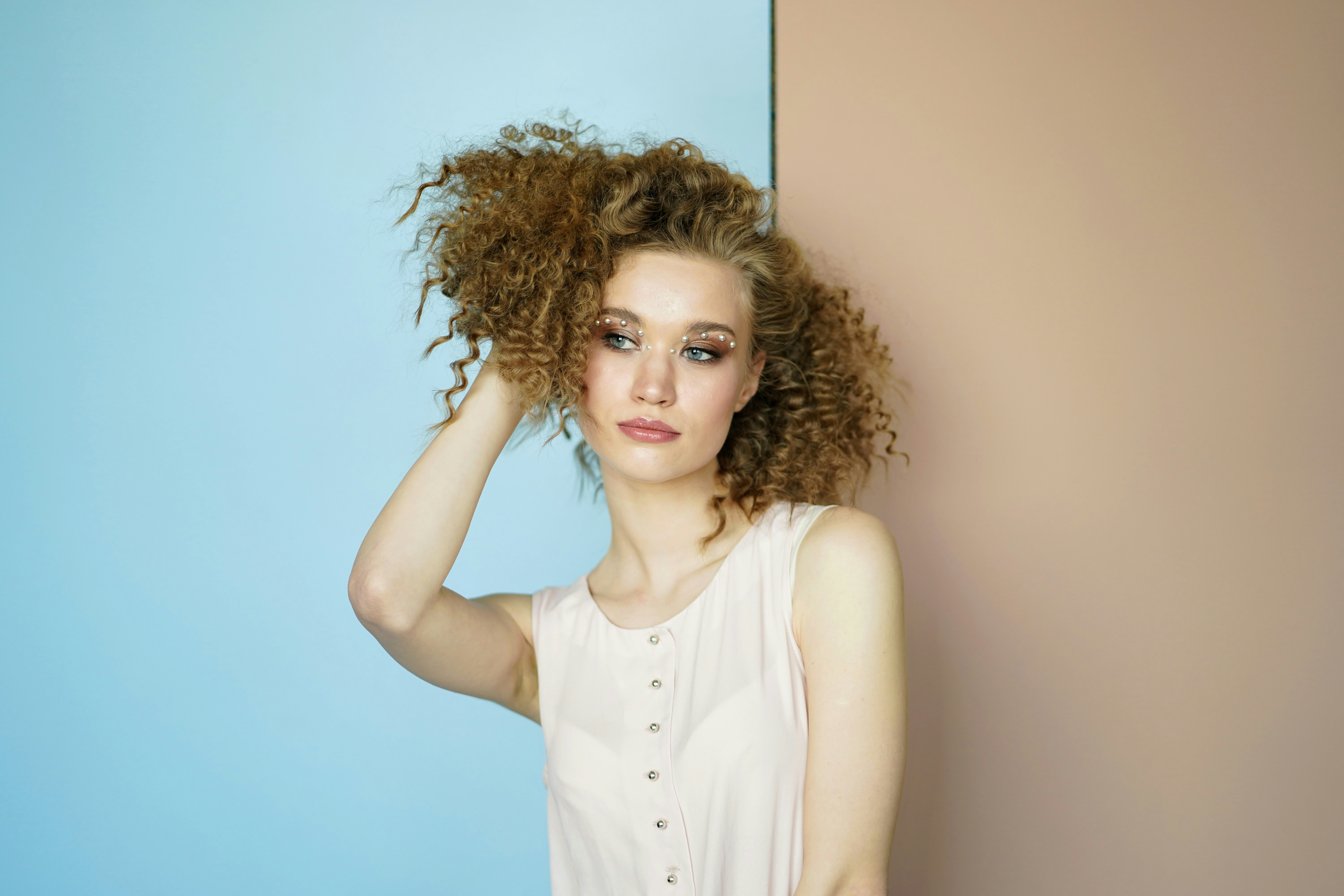
Scientific Basis
Color analysis is not an exact science; it’s more of an art form. While the concept of color harmony exists, the effectiveness of color analysis from a purely scientific standpoint is debatable.
Individuality
Color analysis systems typically categorize people into seasonal palettes (Spring, Summer, Autumn, Winter). Human coloring variations are complex and don't always fit neatly into these categories. Hair color, eye color, and skin undertones can all play a role in determining which colors will flatter an individual.
Experimentation
The best way to determine which colors flatter you most is to experiment! Try on different colors and see how they make you feel. Don't be afraid to step outside the suggested palettes for your season if a particular color makes you feel confident. Your personal style and how you feel in a certain color are more important than strict adherence to color analysis rules.
Try AI Personal Color Analysis For Free Today
Have you ever stood in front of your closet, unsure what colors complement your skin tone? You may have spent hours finding that perfect nail polish shade to match your features. If this sounds familiar, WhatColors is here to help. Our innovative app uses patented color-match technology to determine your season based on your unique skin tone, eye color, and hair color. By identifying your season, WhatColors can provide personalized recommendations for the colors that enhance your natural beauty and style.
Discover Your Season with WhatColors' Personal Color Analysis
Determining what colors work best for you all starts with your season. WhatColors breaks down the four main seasonal categories—spring, Summer, Autumn, and Winter—to help you find your perfect match. By analyzing your skin tone, eye color, and hair color, our app can accurately identify your season and provide a color palette to help you look and feel your best.
Find Your Perfect Colors with WhatColors' Nail Color Generator
In addition to helping you select clothing colors that complement your features, WhatColors can also help you choose the perfect nail polish shades. Whether you prefer classic reds or trendy neutrals, our Nail Color Generator can help you find the ideal hues for your skin tone. Say goodbye to trial and error at the nail salon - WhatColors takes the guesswork out of choosing nail colors to enhance your overall look.
Upgrade Your Style with WhatColors
Ready to transform your style and step up your color game? Unlock your colors today with WhatColors' AI Personal Color Analysis app. Download our app for free on the App Store or Google Play store and discover the perfect colors. Whether you're looking to update your wardrobe, refresh your makeup, or experiment with new nail colors, WhatColors has you covered. Say goodbye to fashion faux pas and hello to a stylish new you with WhatColors.
Related Reading
• Best Colors for Medium Skin Tone
• What Colors Look Good on Pale Skin with Pink Undertones
• What Does It Mean When a Color Washes You Out
• Best Colors for Light Brown Skin
• What Color Prom Dress Should I Wear
• What Color Eyeshadow Should I Wear
• Best Colors for Light Skin
• Best Colors for Yellow Undertones
• Best Clothing Colors for Fair Skin
• Best Clothing Colors for Pale Skin Male
• Best Colors for Winter Skin Tone
Get your color analysis done
in 60 seconds with WhatColors!
Are you tired of standing in front of your closet, unsure of what to wear, or resorting to the same safe colors every time? The struggle is real. But what if I told you that you can solve this problem once and for all by figuring out what season you are and unlocking a whole new color palette that suits you perfectly? That's right - by understanding your season, color analysis can help you discover the best colors that complement your skin tone, hair, and eye color.
Unlock your colors and transform your style with WhatColors, a valuable tool to help you achieve your objectives, such as learning how to find colors that suit you using color analysis. With WhatColors, you can say goodbye to the endless cycle of guessing what colors you should wear and confidently step into a wardrobe filled with hues that make you shine.
Table of Contents
What is Color Analysis and Why Does it Matter?

Color analysis is a system that helps people identify a color palette that complements their natural coloring, including skin tone, hair color, and eye color. By wearing colors that harmonize with your natural coloring, the theory suggests you can enhance your overall appearance and create a more balanced and healthy look.
Here's a breakdown of the purpose of color analysis:
Harmony and Balance
Proponents believe that wearing colors that align with your natural coloring creates a sense of visual harmony. The colors are thought to complement each other and your features, resulting in a more balanced and put-together appearance.
Enhanced Features
The theory suggests that certain colors can enhance your natural beauty by highlighting your most flattering features. For example, colors that complement your skin tone can make it appear brighter and more even, while colors that contrast with your eye color can make them appear more vibrant.
Reduced Appearance of Flaws
Wearing colors that don't suit your natural coloring can highlight imperfections or make you look washed out. Color analysis aims to help you avoid these pitfalls by identifying a palette that minimizes these issues.
Confidence Boost
Ultimately, the goal of color analysis is to empower you to choose clothing colors that make you feel confident and beautiful. By understanding which colors flatter you most, you can streamline your shopping experience and create a wardrobe that makes you feel your best.
Related Reading
• How To Know What Colors Look Good On You
• What Color Lipstick Should I Wear
• What Colors Look Good On Pale Skin
• What Color Blush Should I Wear
• Colors That Go With Tan
• What Color Jewelry Should I Wear
The Four Color Seasons

1. Spring
Warm and clear. Imagine a field of wildflowers in full bloom. Colors in this palette tend to be bright and warm, like sunshine yellow, coral pink, and turquoise blue.
2. Summer
Cool and muted. Think of a soft summer landscape with pastel colors. This palette features cool, muted tones like dusty rose, lavender, and baby blue.
3. Autumn
Warm and muted. Picture the colors of a vibrant autumn forest. This palette includes warm, muted colors like burnt orange, olive green, and mustard yellow.
4. Winter
Cool and clear. Imagine a winter wonderland with crisp, icy colors. This palette features cool, clear colors like icy blue, bright white, and cherry red.
Identifying Your Undertone: Is it Warm or Cool?
Your undertone refers to the underlying color beneath your skin's surface. It can be warm (yellow, peachy, or golden) or cool (pink, rosy, or blue). Identifying your undertone is essential because it significantly influences which color season you belong to.
Here are two methods to help you determine your undertone:
Vein Test
Look at the veins on your inner wrist in natural daylight. If your veins appear greenish, you likely have a warm undertone. If they appear blueish or purple, you likely have a cool undertone.
Jewelry Test
Hold a piece of silver jewelry next to your face in natural light. If silver makes your skin look brighter and healthier, you likely have a cool undertone. If gold jewelry flatters you more, you likely have a warm undertone.
Analyzing Your Hair and Eyes

When it comes to color analysis, your natural hair color is crucial. If you've dyed your hair, focus on the shade you were born with or the color that appears at your roots. The key is to distinguish between cool and warm tones based on your hair color:
Cool Hair Colors
These shades typically have an ashy or blue undertone. Examples include ash blonde, platinum blonde, blue-black, and dark brown with cool undertones that may look ashy or mousy.
Warm Hair Colors
Warm tones usually have a golden, reddish, or brassy undertone. Examples include golden blonde, strawberry blonde, rich brown with warm undertones that appear golden or reddish, and black with a hint of warmth that may look slightly brown in sunlight.
Analyzing Your Eye Color for Color Analysis
While brown, blue, and green are the primary eye colors, there's more to consider when analyzing your eye color for seasonal color analysis:
Base Color
This refers to the dominant color of your iris, such as brown, blue, green, or hazel.
Flecks
Many eyes have flecks of gold, silver, or other colors within the iris. These flecks can offer clues to your color season. For example, gold flecks may suggest a warmer color palette, while silver flecks could indicate cooler tones.
This is a simplified overview of how to analyze your hair and eye color for color analysis. For a more personalized assessment, consider consulting a professional color analyst to determine your color season accurately.
Answering (What Seasom Am I?)

Analyze Your Undertone
Undertones are the subtle colors beneath your skin's surface that can help determine your color season. Two methods, the vein test and the jewelry test, can be used to identify your undertone.
Vein Test
Examine the veins on your inner wrist in natural light. Greenish veins suggest a warm undertone, while bluish or purplish veins indicate a cool undertone. You might have a neutral undertone if your veins appear equally green and blue.
Jewelry Test
Hold a silver necklace and a gold necklace against your bare skin. If silver looks better, you lean cool. If gold makes you shine, you're likely warm. If both metals work well, you might have a neutral undertone.
Consider Your Natural Hair Color
Your natural hair color can also provide clues about your color season. Light blonde, strawberry blonde, or light brown with golden highlights suggest Spring. Darker brown, black, or auburn hair with red highlights lean towards Autumn. Ash-blonde, light brown with ashy highlights, or any cool blonde shade might indicate Summer. Dark brown, black, or blue-black hair points towards Winter.
Look at Your Eye Color
Your eye color can also help determine your color season. Bright blue, green, hazel, or amber eyes can indicate Spring. Hazel, green, or muted blue eyes lean towards Autumn. Soft blue, grey, or blue-green eyes suggest Summer. Deep brown, black, or icy blue eyes are characteristics of Winter.
Matching Your Traits to a Season
Now that you better understand your undertone, hair color, and eye color, you can use a color analysis guide to determine your color season. Many online resources and apps exist to help you match your characteristics to a specific season. Here's a simplified breakdown:
Warm Undertone
Spring: Brighter, clearer colors in your hair and eyes.
Autumn: Warmer, more muted tones in your hair and eyes.
Cool Undertone
Summer: Cooler, muted colors dominate your appearance.
Winter: Deepest, coolest coloring in your features.
There's no one-size-fits-all answer when determining your color season. Experiment with different colors and see what flatters you most. The goal is to find colors that make you feel confident and showcase your natural beauty.
Related Reading
• What Color Should I Wear
• Best Colors For Olive Skin
• Best Colors For Warm Undertones
• What Colors Look Good On Tan Skin
• What Colors Look Best On Brown Skin
• Best Colors For Cool Undertones
• Best Colors For Warm Skin Tone
• Best Colors for Warm Undertones
• What Color Looks Best on Me
• What Is My Color
• How to Find Your Color Palette
• What's My Color Palette
• What Color Season Am I
Taking Your Color Analysis Further

Color analysis can be a fun and informative way to explore your personal style. Here are some additional tips for taking your color analysis further:
The Draping Test
This is considered the most accurate method for color analysis. A professional drapes various colored cloths around your face to see how they affect your complexion.
Online Resources
Numerous websites and apps offer quizzes and guides to help you determine your color season. These resources might not be as precise as a professional drape test.
Experimentation
Once you have a general idea of your color season, experiment with different colors within your palette. See how they make you feel and how they flatter your complexion.
Professional Help
Consider consulting a professional color analyst for a personalized analysis and recommendations.
Important Considerations for Color Analysis

Scientific Basis
Color analysis is not an exact science; it’s more of an art form. While the concept of color harmony exists, the effectiveness of color analysis from a purely scientific standpoint is debatable.
Individuality
Color analysis systems typically categorize people into seasonal palettes (Spring, Summer, Autumn, Winter). Human coloring variations are complex and don't always fit neatly into these categories. Hair color, eye color, and skin undertones can all play a role in determining which colors will flatter an individual.
Experimentation
The best way to determine which colors flatter you most is to experiment! Try on different colors and see how they make you feel. Don't be afraid to step outside the suggested palettes for your season if a particular color makes you feel confident. Your personal style and how you feel in a certain color are more important than strict adherence to color analysis rules.
Try AI Personal Color Analysis For Free Today
Have you ever stood in front of your closet, unsure what colors complement your skin tone? You may have spent hours finding that perfect nail polish shade to match your features. If this sounds familiar, WhatColors is here to help. Our innovative app uses patented color-match technology to determine your season based on your unique skin tone, eye color, and hair color. By identifying your season, WhatColors can provide personalized recommendations for the colors that enhance your natural beauty and style.
Discover Your Season with WhatColors' Personal Color Analysis
Determining what colors work best for you all starts with your season. WhatColors breaks down the four main seasonal categories—spring, Summer, Autumn, and Winter—to help you find your perfect match. By analyzing your skin tone, eye color, and hair color, our app can accurately identify your season and provide a color palette to help you look and feel your best.
Find Your Perfect Colors with WhatColors' Nail Color Generator
In addition to helping you select clothing colors that complement your features, WhatColors can also help you choose the perfect nail polish shades. Whether you prefer classic reds or trendy neutrals, our Nail Color Generator can help you find the ideal hues for your skin tone. Say goodbye to trial and error at the nail salon - WhatColors takes the guesswork out of choosing nail colors to enhance your overall look.
Upgrade Your Style with WhatColors
Ready to transform your style and step up your color game? Unlock your colors today with WhatColors' AI Personal Color Analysis app. Download our app for free on the App Store or Google Play store and discover the perfect colors. Whether you're looking to update your wardrobe, refresh your makeup, or experiment with new nail colors, WhatColors has you covered. Say goodbye to fashion faux pas and hello to a stylish new you with WhatColors.
Related Reading
• Best Colors for Medium Skin Tone
• What Colors Look Good on Pale Skin with Pink Undertones
• What Does It Mean When a Color Washes You Out
• Best Colors for Light Brown Skin
• What Color Prom Dress Should I Wear
• What Color Eyeshadow Should I Wear
• Best Colors for Light Skin
• Best Colors for Yellow Undertones
• Best Clothing Colors for Fair Skin
• Best Clothing Colors for Pale Skin Male
• Best Colors for Winter Skin Tone
